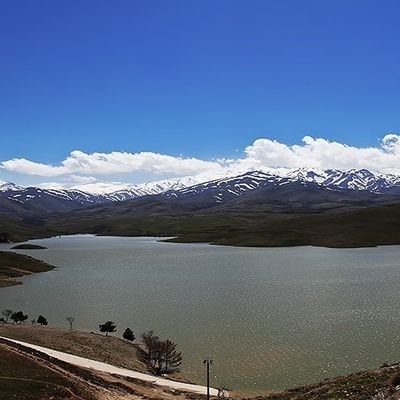SAEDNEWS: Bioluminescent plants captivate with their ethereal glow, a phenomenon where nature meets science. From natural adaptations to genetic engineering breakthroughs, these luminous wonders reveal secrets of energy, ecosystems, and innovation.

According from SAEDNEWS, bioluminescence—the ability of living organisms to emit light—has long intrigued scientists and nature enthusiasts. While more common in marine life, bioluminescence also exists in plants and fungi. These natural illuminators are not just visual spectacles but also hold potential applications in science, agriculture, and sustainability.

Bioluminescence occurs when certain proteins and enzymes, such as luciferin and luciferase, react in the presence of oxygen. This chemical process produces light with minimal heat, making it highly efficient.
In plants, bioluminescence is rare but serves specific ecological purposes, such as attracting pollinators or deterring predators. Fungi like Armillaria and Mycena chlorophos are prime examples of naturally glowing species.

Bioluminescent plants are often found in tropical and subtropical forests, where dim lighting amplifies their glow. For example, ghost fungi emit a faint green light, creating a surreal effect in dark woods. These plants use their luminescence to interact with their environment, signaling pollinators or warning herbivores. Recent advancements in biotechnology have enabled scientists to create glowing plants by transferring bioluminescent genes from other organisms, like fireflies and jellyfish. These engineered plants are not only decorative but also hold promise for practical uses, such as lighting streets without electricity or detecting environmental changes.
Ecological Interactions
Bioluminescence aids plants in attracting insects or animals that help with pollination and seed dispersal. It may also deter herbivores by signaling toxicity or unpalatability.
Survival in Darkness
For fungi, bioluminescence can help spread spores by attracting nocturnal animals. In dim ecosystems, this glow ensures their survival and reproduction.
Sustainable Lighting
Bioluminescent plants have the potential to revolutionize lighting. Engineered plants could replace streetlights, reducing energy consumption and carbon emissions.
Environmental Monitoring
These plants could serve as bioindicators, glowing in response to pollutants or environmental stressors, providing a natural, low-cost way to monitor ecosystems.
Aesthetic and Recreational Appeal
Beyond practical uses, glowing plants offer immense decorative value, creating magical landscapes and enhancing urban green spaces.
Energy Efficiency
While bioluminescence is naturally efficient, engineered plants often require external energy inputs, limiting their scalability. Scientists are working to optimize these systems for real-world applications.
Public Acceptance and Ethical Concerns
The use of genetic engineering raises questions about ecological impacts and long-term effects on biodiversity. Public education is essential to address these concerns and highlight the benefits of such innovations.
As research advances, bioluminescent plants could become a staple of sustainable living. They offer a glimpse into a future where technology and nature collaborate seamlessly to solve pressing environmental challenges.
Bioluminescent plants remind us of nature’s ingenuity and the boundless possibilities of science. From enchanting displays to revolutionary applications, they illuminate a path toward a brighter, greener future.

